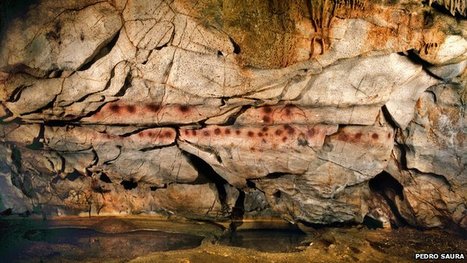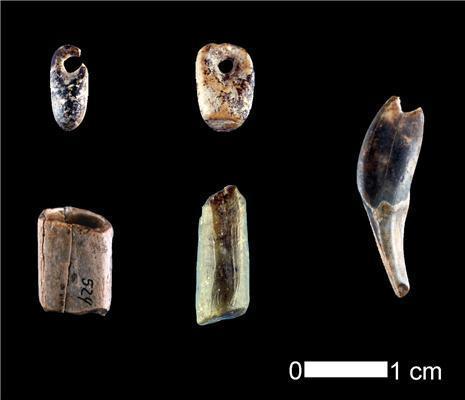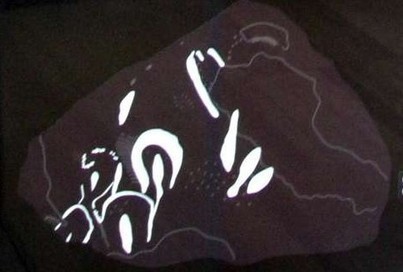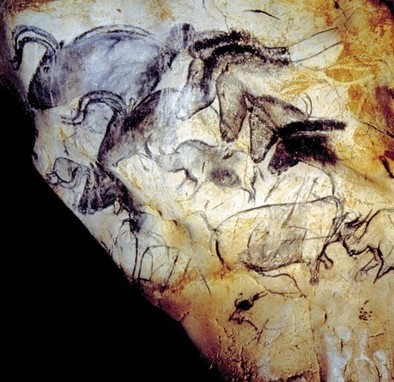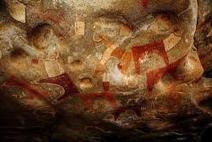Of course, this is inevitably subjective; an attempt to read the minds of humans who lived tens of thousands of years ago from the scant markings they left behind - if they were from our species at all. But it's one of the few ways we have to start assembling hypotheses about prehistoric people's beliefs and culture, in the hope that we can one day test them with newer scientific techniques.
Research and publish the best content.
Get Started for FREE
Sign up with Facebook Sign up with X
I don't have a Facebook or a X account
Already have an account: Login

 Your new post is loading... Your new post is loading...
 Your new post is loading... Your new post is loading...
|
|



